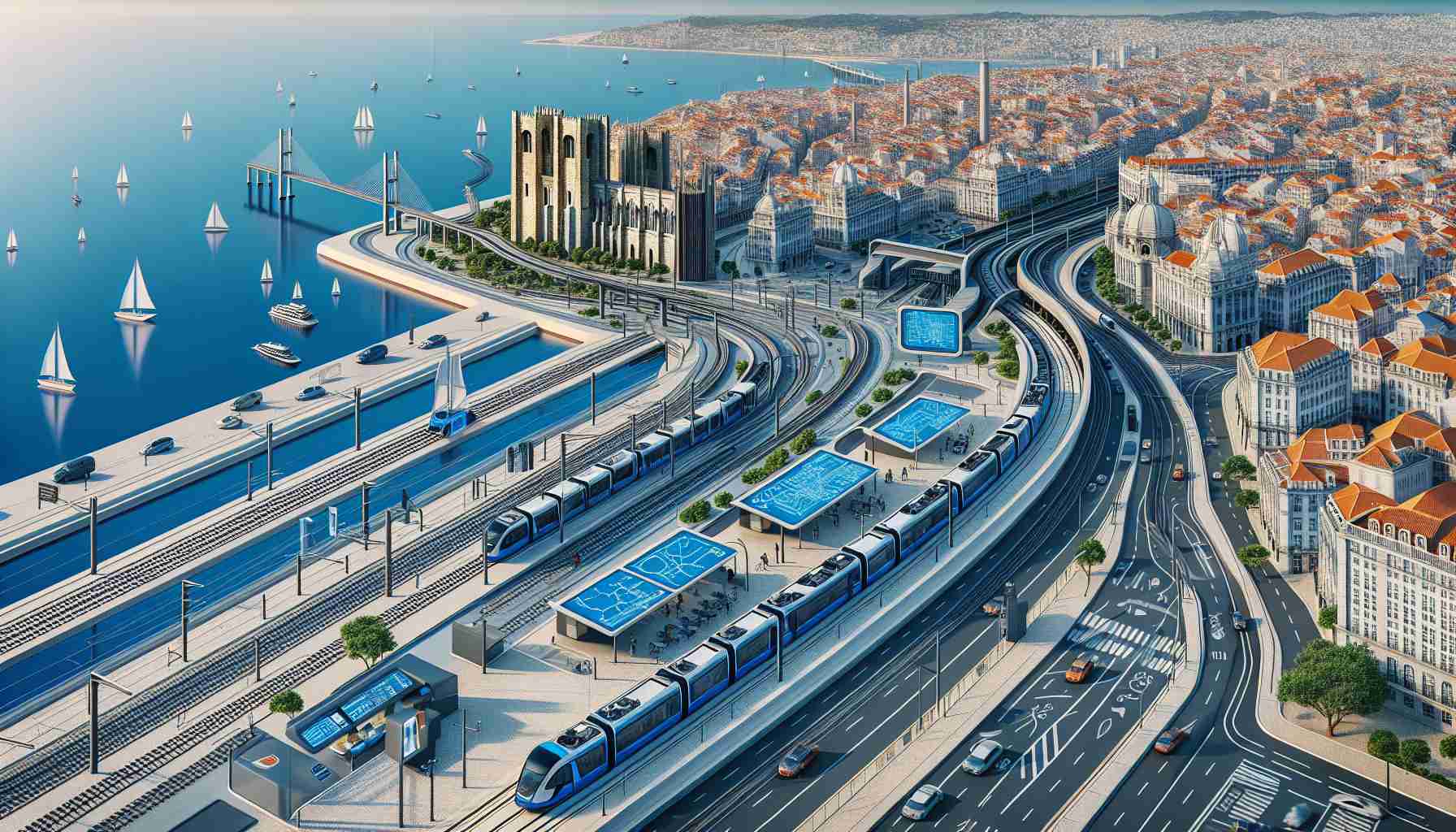
In a recent legislative session on city development, the minister disclosed plans for enhancing Lisbon’s transportation network. The current concession agreement for the 25 de Abril and Vasco da Gama bridges will expire in 2030. Teams within the ministry have initiated discussions for a new partnership that will not only renew the existing bridges’ arrangements but will also incorporate a proposed new bridge connecting Chelas to Barreiro.
The minister emphasized the necessity of expanding transportation capacities to accommodate the city’s growing demands, unveiling strategies to introduce a third crossing of the Tagus River. Instead of continuing with the current concessionaire, the government aims to introduce fresh investments and partnerships to revamp the infrastructure.
The forthcoming plans also encompass significant projects such as the establishment of a new airport at Campo de Tiro de Alcochete, intending to supersede the current Humberto Delgado Airport. Additionally, Infraestruturas de Portugal has been entrusted with advancing studies for constructing the Third Tagus Crossing and establishing a high-speed rail link connecting Lisbon with Madrid.
New Plans for Lisbon’s Transportation Infrastructure: Enhancing Connectivity and Sustainability
In the latest developments regarding Lisbon’s transportation infrastructure, additional details have come to light that shed more insight on the future of the city’s connectivity and mobility. The proposed initiatives not only aim to address the imminent expiration of the concession agreement for the 25 de Abril and Vasco da Gama bridges in 2030 but also introduce innovative projects to meet the increasing transportation needs of Lisbon’s residents and visitors.
What are the key challenges associated with these new transportation plans?
One of the primary challenges facing the implementation of these ambitious transportation projects is the need for substantial financial investments. Building a new bridge connecting Chelas to Barreiro, establishing a new airport at Campo de Tiro de Alcochete, and constructing the Third Tagus Crossing require significant funding and meticulous planning to ensure their successful completion.
Moreover, coordinating the various stakeholders involved in these infrastructure developments, including governmental bodies, private investors, and transportation authorities, presents another challenge. Ensuring seamless collaboration and adherence to timelines is crucial to avoid delays and cost overruns in these complex projects.
What are the advantages and disadvantages of the proposed transportation enhancements?
The advantages of revamping Lisbon’s transportation infrastructure are manifold. Improved connectivity through the introduction of a new bridge and the implementation of a high-speed rail link to Madrid can significantly enhance mobility within the region and foster economic growth. By modernizing transportation networks, the city can attract more tourists, businesses, and investments, boosting its overall competitiveness.
However, these advancements also come with potential disadvantages. Construction projects of this scale may disrupt existing infrastructures and communities, leading to environmental concerns, traffic congestion, and social displacement. Balancing the benefits of improved transportation with the negative impacts on the environment and local residents is a crucial aspect that requires careful consideration.
For more information on Lisbon’s transportation developments, visit the official website of the Lisbon Municipal Government at lisboa.pt.






